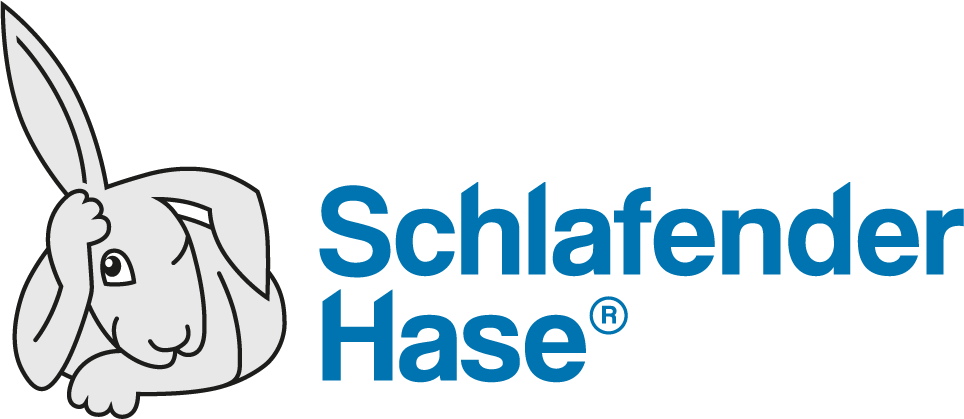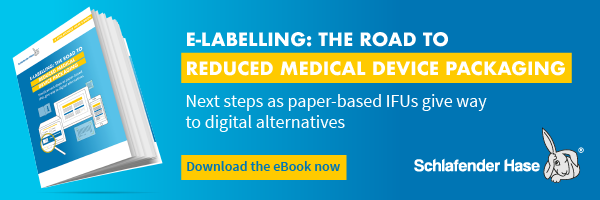Maximizing Consistency: Aligning e-IFUs with Printed Instructions for Use
The EU Medical Device Regulations (MDR) states any device manufacturer with a website must publish user information in electronic form. Other international jurisdictions already have similar requirements, all of which place new emphasis on e-Labeling as a discipline, which can be defined as the electronic publishing of labeling content, including Instructions for Use (IFU).
As medical device companies make labeling publicly available on their websites, the importance of clear, precise, and consistent content will increase. The ability to produce error-free labeling will thus become a competitive advantage for every medical device manufacturer.
Many companies, including Integra Lifesciences, Johnson & Johnson, Beckton Dickinson and Abbott Vascular, are already publishing their IFUs electronically. Most organizations upload a PDF version of artwork files used to print the insert leaflet. However, there is an issue from the perspective of a user or a patient: some of the folded broadsheet inserts, in multiple languages, are almost illegible online and impossible to print out in a format that can be read within a healthcare setting or on a home printer. There is nothing in published regulations to say this format cannot be used, and companies are obliged to ensure that online versions do not deviate from printed versions, but the MDR regulations does state that the IFUs must be clear, understandable and legible. These same requirements apply to e-Labeling and e-IFUs. Therefore, the online format really should be user friendly and reformatted for web consumption.
Streamline your IFU publishing process with TVT
To assist companies with this and ensure their labeling content is consistent across both printed and online versions, Schlafender Hase offers TVT (Text Verification Tool®), a proofreading tool that can compare printed formats with web-based versions to verify that they are accurate and compliant from a content perspective, regardless of the layout and format they are presented in.
As regulations change, products are updated, instructions need to be reviewed and errors rectified. These complexities will magnify, thus increasing the risk of discrepancies. TVT will provide a solution for a rolling verification of printed and online content, becoming pivotal to a highly efficient process of continuous compliance.






